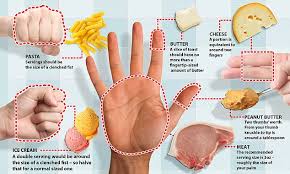As an honours student at a top university, I have been frequently asked what my post-grad plans are in the months leading up to my graduation. Many of my peers have applied to grad school, and many will succeed, given the competitive push amongst those of us who have lasted through our undergraduate degrees. I thought I would investigate this line of thinking and see how common my choices were…
My top choices currently stand as follows:
1. Masters of Public Health at Simon Fraser University
2. Travelling to Cameroon to work with Aquacare, a locally-founded organization which is promoting SODIS (solar water disinfection) – the topic of my current thesis
3. Travelling to Angola to work with Karen Henriksen and the Centro Evangelico de Medicina de Lubango (although I would need to learn more Portuguese first)
4. Masters of Public Health at Queen’s University (although more of an Epidemiology focus than SFU)
5. Working as the Morocco consultant for the Rickshaw Travel company located in Brighton, England
6. Working temporarily for Norwegian Cruise Lines (NCL) – a job I’ve already been interviewed for, that would help me work off my student debt, let me travel and improve my language skills
There are others, but those are the top ones which appeal to me at the moment. Several internships also appeal, although I plan to find out if my applications to grad school are successful before applying.
Being at university, and especially as a B.A. student, I often feel as if everyone and their dog has a university degree these days – which can be seen in both a positive and a negative light. After applying to grad school, I thought about the number of my friends from high school who didn’t go to university, and wondered what the national statistics had to say about the matter.
The answer is surprising – only 19.4% of Canadians (2007) have completed a university degree. This includes all bachelors degrees, masters and PhD’s in the country. If you also include CEGEPS, colleges and technical degrees, diplomas and certificates, the number rises to 46%, which is apparently the highest proportion in the world!

Wow. I feel much smarter now – thanks Google! I have been so immersed in the academic environment for the past 5 years that I haven’t stopped to realize both how lucky and how talented we students are as a group of people in this country, and globally. Having realized this, and knowing that the rate for a master’s program must be that much lower, I’m still keeping my fingers crossed for being accepted. I just hope that I have eased someone else’s mind in the process of writing this!
– Sarah Topps




